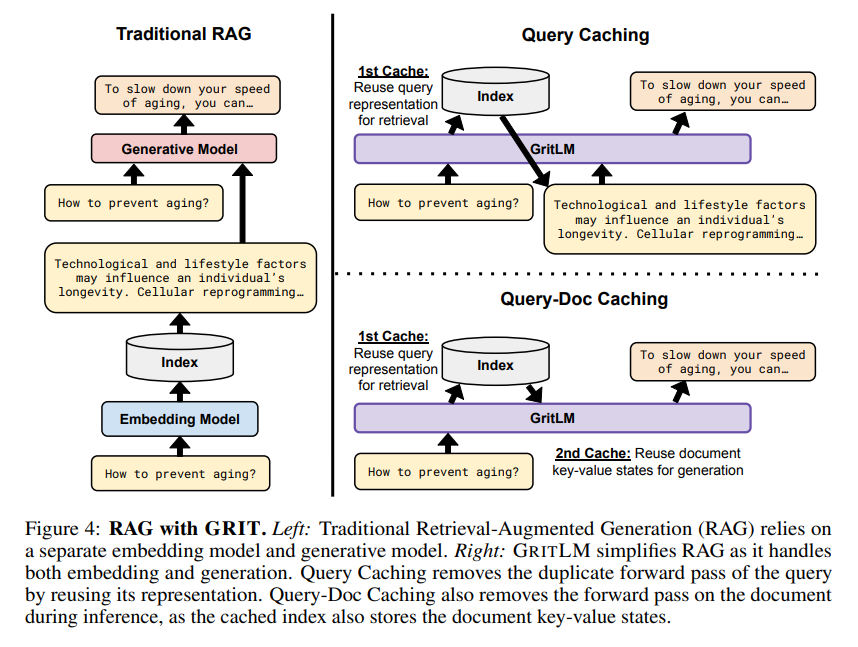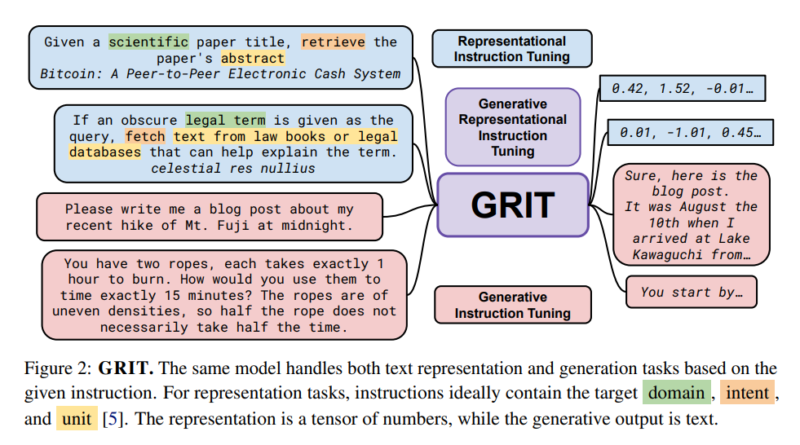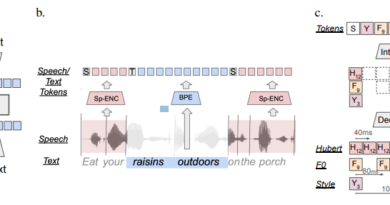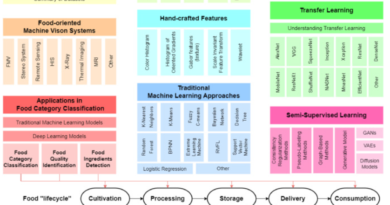Unifying Language Understanding and Generation: The Revolutionary Impact of Generative Representational Instruction Tuning (GRIT)
The field of Natural Language Processing (NLP) has witnessed significant advancements in recent years, thanks to breakthrough methodologies that have revolutionized language understanding and generation tasks. One such groundbreaking approach is Generative Representational Instruction Tuning (GRIT), which aims to unify the two critical dimensions of language tasks: generative and embedding functions. In this article, we will explore the revolutionary impact of GRIT and its potential to transform the AI landscape.
The Challenge of Dichotomy in Language Models
Traditionally, language models have been designed to specialize in either generative tasks or embedding tasks. Generative models focus on generating coherent and contextually relevant text, while embedding models translate text into numerical representations known as embeddings. These embeddings capture the essence of the language and enable various computational tasks such as retrieval and classification.
The dichotomy between generative and embedding models has led to the development of distinct models for each task, resulting in a fragmented AI ecosystem. This fragmentation not only complicates the deployment and maintenance of language-based applications but also limits their efficiency. Researchers have long sought a unified approach that seamlessly integrates the generative and embedding dimensions of language tasks.
Introducing Generative Representational Instruction Tuning (GRIT)
To address the challenge of unifying language understanding and generation, researchers from Contextual AI, The University of Hong Kong, and Microsoft Corporation have introduced the revolutionary methodology of Generative Representational Instruction Tuning (GRIT). This paradigm shift promises to overcome the limitations of traditional language models and pave the way for highly versatile and efficient AI applications.
The core idea behind GRIT lies in its innovative approach to instruction-based model training. Unlike traditional models that are trained for a specific task, GRIT enables a large language model to dynamically switch between generative and embedding tasks based on the nature of the instructions it receives. This adaptability is made possible by leveraging large language model inherent capabilities to discern a given task’s context and objective.
The Architecture and Training Regime of GRIT
GRIT incorporates a dual-pathway training regime that fine-tunes the model’s response mechanisms, ensuring optimal performance in generative and embedding functions. This architecture allows the model to produce high-quality text output for generative tasks and accurate numerical embeddings for retrieval and classification tasks.
The training process involves carefully designing instructions that guide the model’s behavior in different tasks. By exposing the model to an extensive range of generative and embedding instructions, it becomes proficient in understanding and generating text that aligns with the desired context and objectives.
Unleashing the Power of GRIT
The effectiveness of GRIT has been extensively evaluated through rigorous testing. The GRIT-enabled model has been benchmarked against the Massive Text Embedding Benchmark (MTEB) and a suite of generative task evaluations. The results have been remarkable, with the GRIT model outperforming existing models in a wide range of tasks.

Not only does the GRIT model demonstrate superior embedding accuracy, but it also exhibits exceptional generative capabilities. This dual excellence signifies the model’s ability to adapt its output to match the task at hand, eliminating the need for separate specialized models.
Simplifying AI Infrastructure with GRIT
One of the most significant advantages of GRIT is its potential to simplify the infrastructure required for deploying AI applications. By consolidating generative and embedding functionalities within a single model, GRIT reduces the complexity and computational overhead associated with maintaining multiple specialized models.
This unification paves the way for accelerated development of advanced AI applications. Enhanced chatbots, more intuitive search engines, and sophisticated natural language processing tools with unprecedented accuracy are just a few examples of the possibilities unlocked by GRIT.
The Future of GRIT and Language Understanding
As the field of NLP continues to evolve, GRIT holds immense promise for advancing language understanding and generation tasks. Its ability to seamlessly switch between generative and embedding functions within a single model has the potential to transform the way we interact with AI systems.
The revolutionary impact of GRIT extends beyond the realm of NLP. By unifying language understanding and generation, GRIT opens doors to new possibilities in various fields, including virtual assistants, customer service automation, content generation, and knowledge extraction.
In conclusion, Generative Representational Instruction Tuning (GRIT) represents a paradigm shift in language understanding and generation tasks. By unifying the generative and embedding dimensions within a single model, GRIT simplifies AI infrastructure and enables the development of highly versatile and efficient AI applications. With its revolutionary impact, GRIT is set to reshape the future of language processing and pave the way for unprecedented advancements in AI capabilities.
Check out the Paper and Github . All credit for this research goes to the researchers of this project. Also, don’t forget to follow us on LinkedIn. Do join our active AI community on Discord.
If you like our work, you will love our Newsletter 📰




